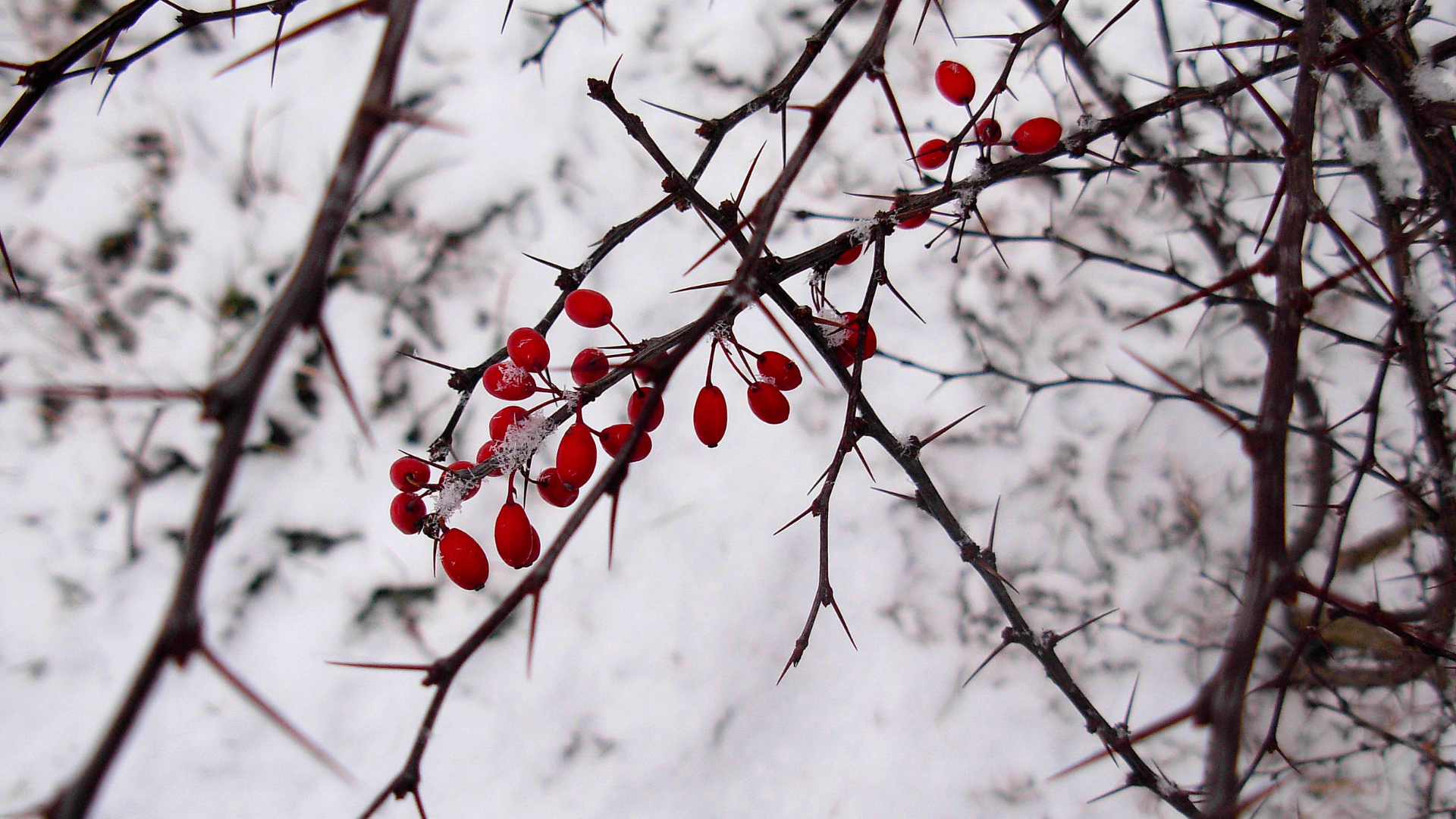It was a brilliant but painful mistake: planting a shrub in fall, only to watch the frost take it all away in the winter. You can help to avoid that painful lesson by learning about winterizing plants. The general rule of thumb is to wait to prune trees until the spring, but shrubs should be pruned in the fall. Once the ground freezes, prune shrubs that are evergreen and that don’t lose their leaves in the winter. Shrubs that are deciduous, or lose their leaves in the fall, need to be pruned early and will need to be pruned again in the spring.
Shrubs, like perennials, come back year after year, but only after they have developed strong root systems. This means they are much more resilient in the cold, making them perfect for gardens that experience frosts or winters with below-freezing temperatures. But you will need to winterize your shrubs before they can get established. Read on to learn how to winterize your shrubs.
Prune the branches
When it comes to pruning trees and shrubs, some experts swear by doing it in January, while others swear by doing it in July. Whilst some shrubs can survive the winter without pruning them most of them will benefit from pruning. In any case, it would be advisable to hire experts for Tree Surgery Belfast (or wherever you live) to do the job. An experienced tree surgeon can advise on the best time to prune your trees and shrubs based on their experience in the art of tree pruning.
Plants that are growing vigorously and need pruning include evergreens, forsythia, spirea, saskatoons, laburnum, spirea, honeysuckle, and pyracantha. Cut back dead branches on deciduous shrubs, such as juniper, yew, and forsythia. In addition, you can prune forsythia, juniper, and yew before the plant begins to bud in spring. Shrubs, however, are hardy plants and can survive the elements. Pruning plants during winter may actually be beneficial for them. When plants grow, they produce larger flowers that attract pollinators. Pruning shrubs during the winter helps promote new growth and plant health, thereby creating a more vibrant plant that will attract these pollinators. For those who do not have the necessary knowledge about branch pruning, you can ask for assistance from landscaping professionals such as Landscaping Tampa (https://tampalandscapingcompanies.com/).
Build a tepee
Winterizing your shrubs is a task you should try to have done before the first frost. When the weather starts to chill, shrubs become more vulnerable to winter damage. It is important to winterize them so that they stay healthy all season long. One of the ways you can do this is by building a tepee, which is a great project to do with kids, too. A tepee-shaped trellis is a cheap and effective way to add support to your shrubs, protecting them from breakage and keeping them upright. Your new trellis will provide your plants with sturdy protection from wind and snow when finished.
Gather some mulch
You invested a lot of time and effort into selecting the ideal shrubs for your landscaping. Now that they are installed, you want to winterize them properly so you can enjoy them year after year. One great way to winterize shrubs is to gather some mulch. Mulch made from compost, bark, leaves, and other organic materials adds nutrients and organic matter to the soil, helping your plants recover during the dry winter months. Mulch can help retain soil moisture, protect against weeds, and keep the roots cool. Some mulches will break down over winter and need to be replaced each season, while others will compost with time. If you are looking to add mulch to your landscaping, before doing so, you will want to make sure it is safe since mulch can contain some dangerous plants.
Wrap it up
When the temperature starts to drop, it is tempting to rush outside and spray down your shrubs before winter hits. And that is definitely one way to prep your shrubs for winter, but you may want to consider another option: wrap up! Wrapping up leaves is an excellent way to keep them from blowing around, creating leaf litter on your sidewalks or driveways, and causing you to shovel a lot of snow. It is also an excellent way to protect shrubs from hungry deer. Wrapping up your shrubs can also prevent them from being eaten by squirrels. In the winter, squirrels often eat leaves from these shrubs to survive and find food. While this might prove a temporary solution to protect your shrubs, in the long run, you’ll need to do Squirrel Removal for a healthy garden.
Shurbs are plants that thrive in the cooler seasons. Unlike perennials, shrubs grow and spread by sending out roots to develop new plants. In the winter, when temperatures drop, shrubs may die. Winterizing trees and shrubs is important, and there are many methods you can use to protect your home’s landscape. After all, you will want to do everything you can to ensure that your trees are properly cared for should you decide to locate professional Logging Contractors in your area and sell any sufficient wood for cash. Or, if you want to keep them on your property, doing the relevant work now can help to preserve them going forward.
So, whether you have evergreen or deciduous trees, shrubs, and bushes, to be able to enjoy them for years to come, you should protect your plants and trees from winter damage.

